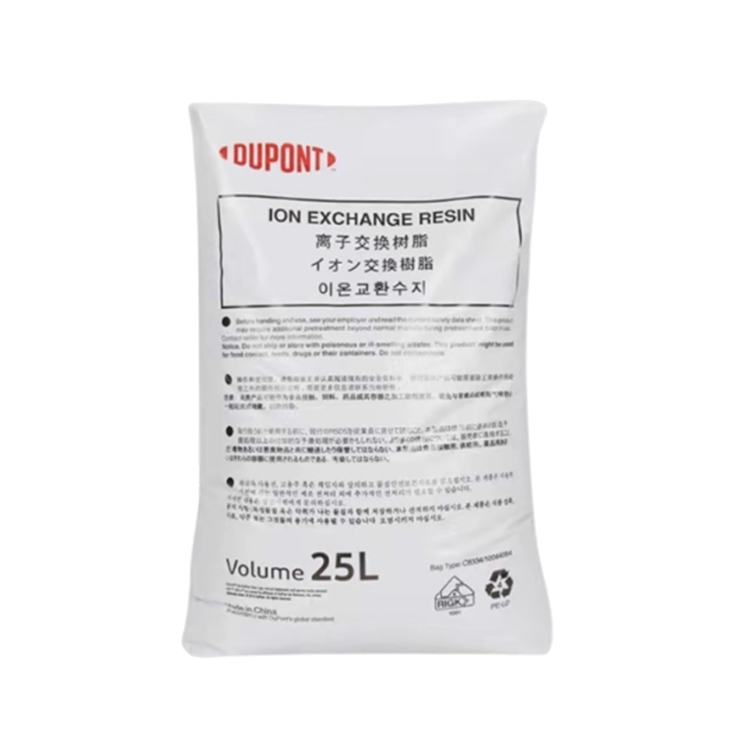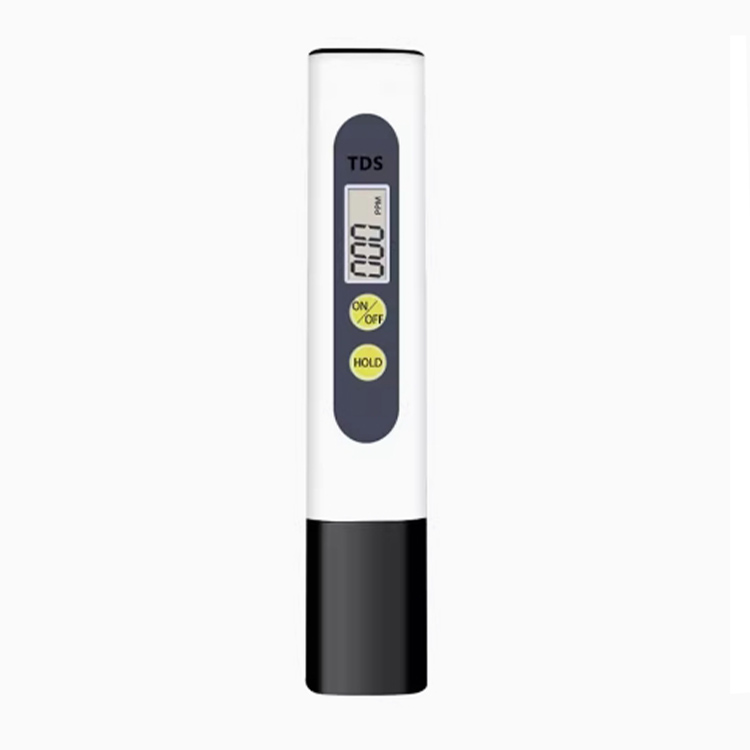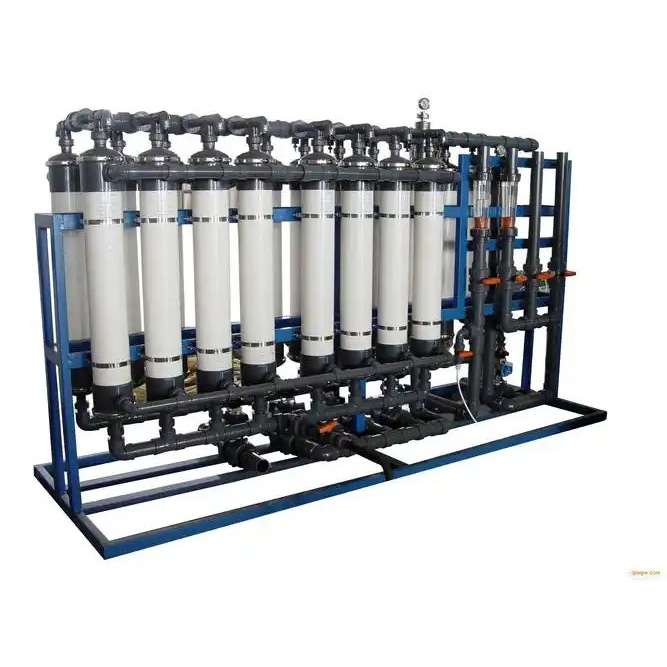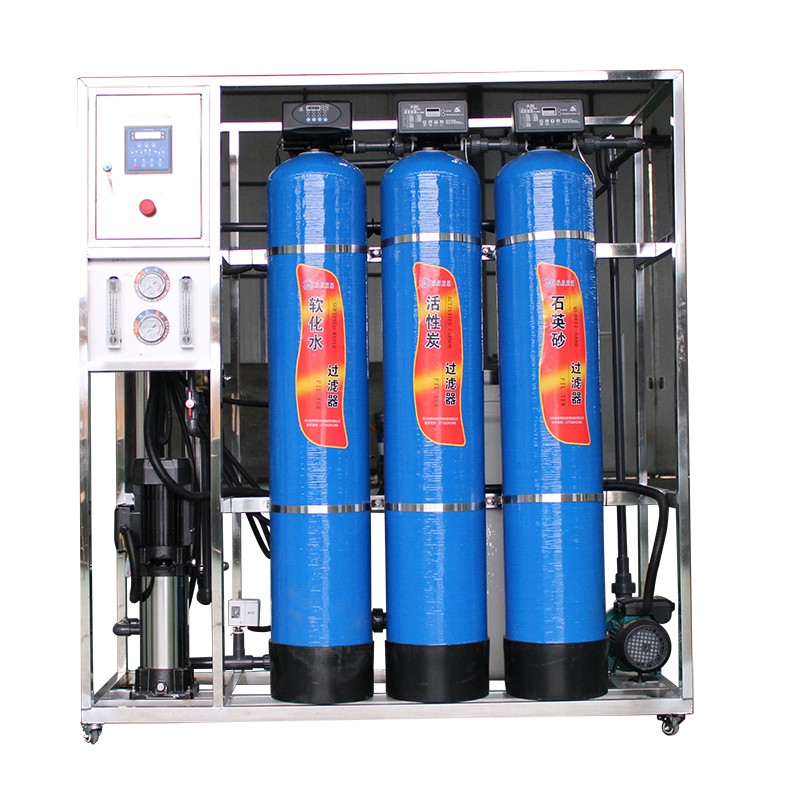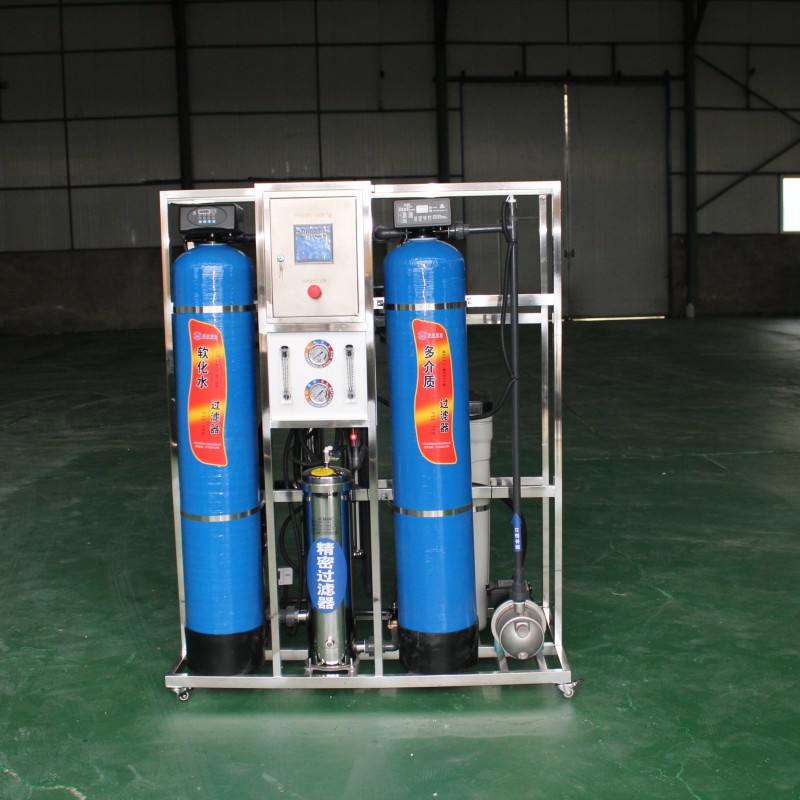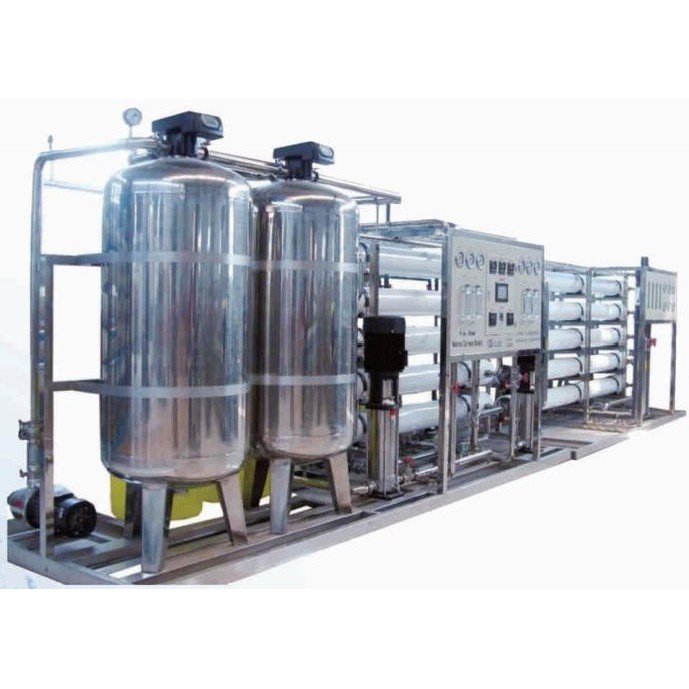Products
Softened water treatment equipment
Softening water treatment equipment is a device that reduces the content of calcium and magnesium ions in water through the principle of ion exchange. It is mainly used in industrial cooling systems, boilers, heat exchangers and domestic water, etc. It can effectively prevent scale formation and improve equipment efficiency and service life. The equipment must meet certain temperature and pressure conditions when running.
Send Inquiry
Product Description
Softening means reducing the hardness of water. The softening water system consists of three parts, namely the ion exchange part, the salt regeneration part and the control part. Ion exchange technology is the working principle of the softening system. Its main body is the ion exchange resin. Since the hardness of water is mainly formed and expressed by calcium and magnesium, cation exchange resin is generally used to replace Ca2+ and Mg2+ (the main components of scale formation) in water. As the Ca2+ and Mg2+ in the resin increase, the efficiency of the resin in removing Ca2+ and Mg2+ gradually decreases. Therefore, after the softening water equipment has been used for a period of time, the salt regeneration part is required to regenerate the resin to restore the efficiency of the resin and increase the service life of the resin. The control part can realize the automatic operation of the entire system and automatically regenerate the salt according to the system operation time or the amount of water passing through.
The fully automatic softening water system removes scale-forming ions such as calcium and magnesium in water through the principle of ion exchange, thereby softening the water. The system is an integrated device consisting of a resin tank, a salt tank (softening resin), a controller, etc. The system uses the siphon principle to absorb salt, automatically injects water to make salt, and adjusts the concentration without the need for salt pumps, salt dissolving equipment, and other auxiliary equipment.
The principle of sodium ion exchange softening treatment is to pass raw water through sodium type cation exchange resin, so that the hardness components Ca2+ and Mg2+ in the water are exchanged with Na+ in the resin, thereby absorbing Ca2+ and Mg2+ in the water and softening the water. If RNa represents sodium type resin, the exchange process is as follows:
2RNa+Ca2+=R2Ca+2Na+RNa+Mg2++=R2Mg +2Na+
That is, after water passes through the sodium ion exchanger, the Ca+ and Mg+ in the water are replaced by Na+.
When the sodium ion exchange resin fails, it must be regenerated to restore its exchange capacity. The regeneration agent is a cheap and widely available salt solution. The regeneration process reaction is as follows:
R2Ca +2NaCI=2RNa +CaCl2 R2Mg+2NaCl=2RNa+MgCl2
Equipment operation: Raw water, under a certain pressure (0.2-0.6Mpa) and flow rate, passes through the valve cavity of the controller and enters the container (resin tank) containing ion exchange resin. The Na+ contained in the resin exchanges with the cations (Ca2+, Mg2+, Fe2+, etc.) in the water, so that the Ca2+ and Mg2+ ion content of the water out of the container meets the established requirements, thus achieving the softening of hard water.
Equipment backwashing: After the resin fails, it is backwashed from bottom to top with water before regeneration. There are two purposes of backwashing. First, the resin layer that is compressed during operation is loosened through backwashing, which is conducive to the full contact between the resin particles and the regeneration liquid; second, the suspended matter and broken resin accumulated on the surface of the resin are discharged with the backwash water, so that the water flow resistance of the exchanger will not increase.
Equipment regeneration salt absorption: Regeneration once every 24 hours, each regeneration time is 2 hours, and the regeneration salt solution flows through the failed resin layer at a certain concentration and flow rate to restore its original exchange capacity.
Equipment slow washing: After the regeneration liquid is finished, there is still salt solution in the exchanger that has not participated in the regeneration exchange. Use clean water with a flow rate less than or equal to the regeneration liquid to wash (slow washing) to fully utilize the regeneration effect of the salt solution and reduce the load of the positive wash.
Equipment fast washing: The purpose is to remove the residual regeneration waste liquid in the resin layer. Usually, it is washed at a normal flow rate until the water output is qualified. Equipment regeneration agent tank water injection: Inject the amount of water required for solution regeneration once into the regeneration agent tank.
The fully automatic softening water system removes scale-forming ions such as calcium and magnesium in water through the principle of ion exchange, thereby softening the water. The system is an integrated device consisting of a resin tank, a salt tank (softening resin), a controller, etc. The system uses the siphon principle to absorb salt, automatically injects water to make salt, and adjusts the concentration without the need for salt pumps, salt dissolving equipment, and other auxiliary equipment.
The principle of sodium ion exchange softening treatment is to pass raw water through sodium type cation exchange resin, so that the hardness components Ca2+ and Mg2+ in the water are exchanged with Na+ in the resin, thereby absorbing Ca2+ and Mg2+ in the water and softening the water. If RNa represents sodium type resin, the exchange process is as follows:
2RNa+Ca2+=R2Ca+2Na+RNa+Mg2++=R2Mg +2Na+
That is, after water passes through the sodium ion exchanger, the Ca+ and Mg+ in the water are replaced by Na+.
When the sodium ion exchange resin fails, it must be regenerated to restore its exchange capacity. The regeneration agent is a cheap and widely available salt solution. The regeneration process reaction is as follows:
R2Ca +2NaCI=2RNa +CaCl2 R2Mg+2NaCl=2RNa+MgCl2
Equipment operation: Raw water, under a certain pressure (0.2-0.6Mpa) and flow rate, passes through the valve cavity of the controller and enters the container (resin tank) containing ion exchange resin. The Na+ contained in the resin exchanges with the cations (Ca2+, Mg2+, Fe2+, etc.) in the water, so that the Ca2+ and Mg2+ ion content of the water out of the container meets the established requirements, thus achieving the softening of hard water.
Equipment backwashing: After the resin fails, it is backwashed from bottom to top with water before regeneration. There are two purposes of backwashing. First, the resin layer that is compressed during operation is loosened through backwashing, which is conducive to the full contact between the resin particles and the regeneration liquid; second, the suspended matter and broken resin accumulated on the surface of the resin are discharged with the backwash water, so that the water flow resistance of the exchanger will not increase.
Equipment regeneration salt absorption: Regeneration once every 24 hours, each regeneration time is 2 hours, and the regeneration salt solution flows through the failed resin layer at a certain concentration and flow rate to restore its original exchange capacity.
Equipment slow washing: After the regeneration liquid is finished, there is still salt solution in the exchanger that has not participated in the regeneration exchange. Use clean water with a flow rate less than or equal to the regeneration liquid to wash (slow washing) to fully utilize the regeneration effect of the salt solution and reduce the load of the positive wash.
Equipment fast washing: The purpose is to remove the residual regeneration waste liquid in the resin layer. Usually, it is washed at a normal flow rate until the water output is qualified. Equipment regeneration agent tank water injection: Inject the amount of water required for solution regeneration once into the regeneration agent tank.

Technical requirements:
Raw water hardness: 3-10mmol/L;
Residual hardness of effluent water: ≤0.03mmol/L; Working pressure: 0.2-0.6MPa;
Working temperature: 2-50℃;
Automatic power supply: 220V 50Hz; Power consumption: 10W;
Resin model: 001×7 strong acid cation exchange resin;
Residual hardness of effluent water: ≤0.03mmol/L; Working pressure: 0.2-0.6MPa;
Working temperature: 2-50℃;
Automatic power supply: 220V 50Hz; Power consumption: 10W;
Resin model: 001×7 strong acid cation exchange resin;
Parameter:
| Number | Equipment model | Equipment size | Resin filling amount | Salt box specificationsand dimensions |
| 1 | HKR-1T/h | 250*1400mm | 50L | 60L /330*700mm |
| 2 | HKR-2T/h | 300*1400mm | 75L | 100L./380*860mm |
| 3 | HKR-3T/h | 350*1650mm | 100L | 100L/380*860mm |
| 4 | HKR-4T/h | 400*1650mm | 125L | 200L/520*1030mm |
| 5 | HKR-5T/h | 500*1750mm | 150L | 200L/520*1030mm |
| 6 | HKR-6T/h | 600*1900mm | 300L | 300L/570*1150mm |
| 7 | HKR-10T/h | 750*2100mm | 600L | 500L/710*1250mm |
| 8 | HKR-15T/h | 900*2100mm | 900L | 800L/870*1350mm |
| 9 | HKR-20T/h | 1000*2200mm | 1000L | 1000L/1100*1350mm |
| 10 | HKR-35T/h | 1200*2300mm | 1200L | 1500L/11500*1600mm |
| 11 | HKR-50T/h | 1500*2400mm | 1500L | 2000L/1270*1650mm |

Hot Tags:
Related Category
Send Inquiry
Please feel free to give your inquiry in the form below. We will reply you in 24 hours.


